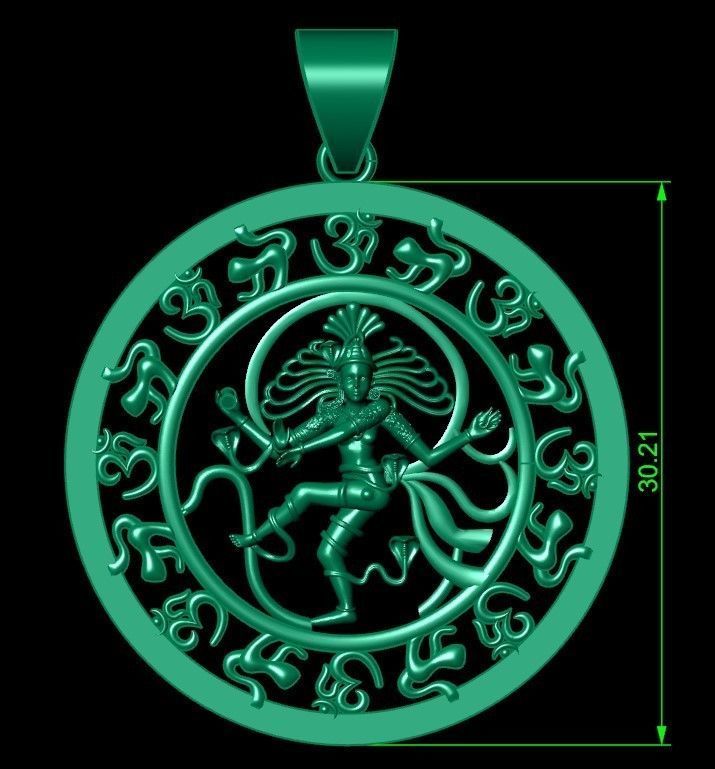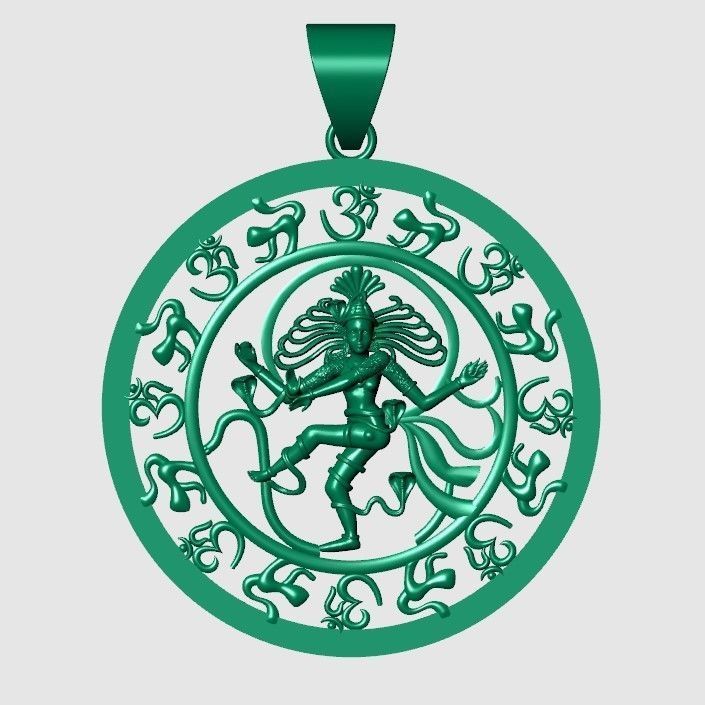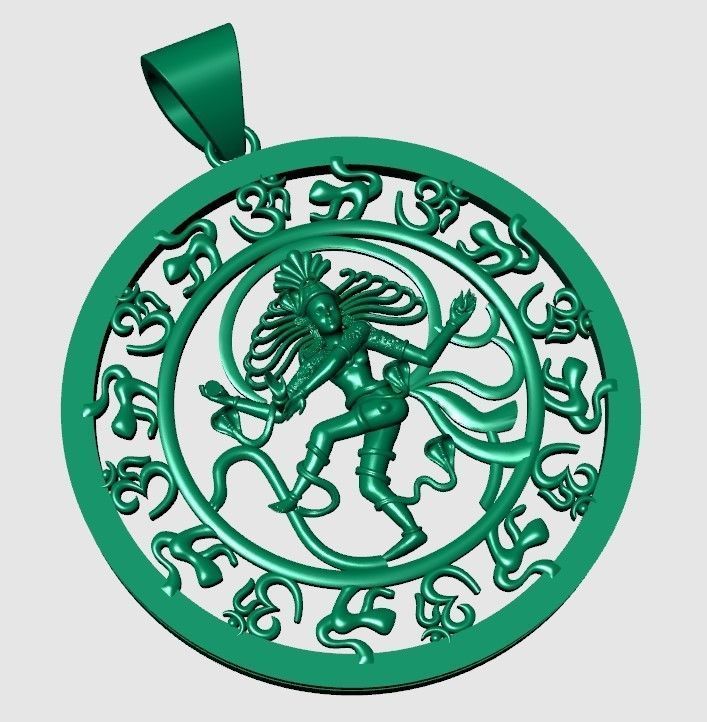
Nataraja 3D print model
The sculpture is symbolic of Shiva as the lord of dance and dramatic arts, with its style and proportions made according to Hindu texts on arts. The two most common forms of Shiva's dance are the Lasya (the gentle form of dance), associated with the creation of the world, and the Ananda Tandava (dance of bliss, the vigorous form of dance), associated with the destruction of weary worldviews—weary perspectives and lifestyles. In essence, the Lasya and the Tandava are just two aspects of Shiva’s nature; for he destroys in order to create, tearing down to build again.
According to Alice Boner, the historic Nataraja artworks found in different parts of India are set in geometric patterns and along symmetric lines, particularly the satkona mandala (hexagram) that in the Indian tradition means the interdependence and fusion of masculine and feminine principles.
It typically shows Shiva dancing in one of the Natya Shastra poses, holding Agni (fire) in his left back hand, the front hand in gajahasta (elephant hand) or dandahasta (stick hand) mudra, the front right hand with a wrapped snake that is in abhaya (fear not) mudra while pointing to a Sutra text, and the back hand holding a musical instrument, usually a Udukai (Tamil: உடுக்கை). His body, fingers, ankles, neck, face, head, ear lobes and dress are shown decorated with symbolic items, which vary with historic period and region. He is surrounded by a ring of flames, standing on a lotus pedestal, lifting his left leg (or in rare cases, the right leg) and balancing / trampling upon a demon shown as a dwarf (Apasmara or Muyalaka who symbolizes spiritual ignorance. The dynamism of the energetic dance is depicted with the whirling hair which spread out in thin strands as a fan behind his head. The details in the Nataraja artwork have been variously interpreted by Indian scholars since the 12th century for its symbolic meaning and theological essence. Nataraja is a well known sculptural symbol in India and popularly used as a symbol of Indian culture,in particular as one of the finest illustrations of Hindu art.







